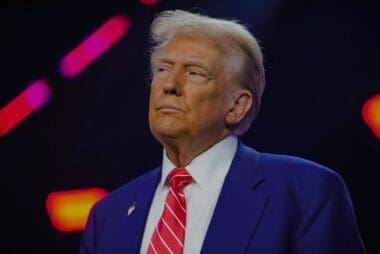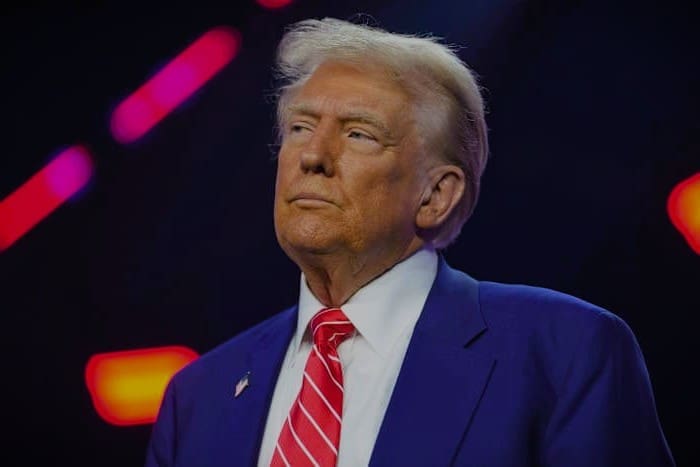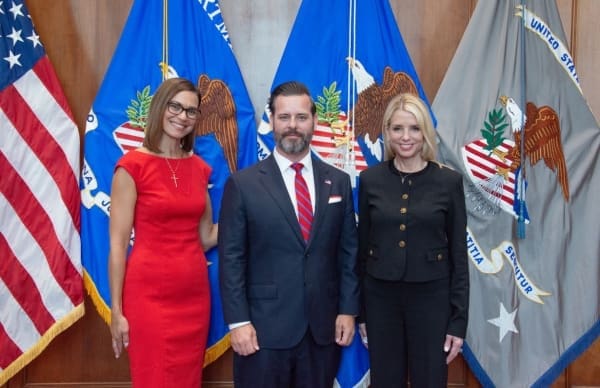Recent announcements by President Donald Trump have stirred significant discussion with the introduction of tariffs alongside the declaration of a national emergency. The administration identifies the persistent trade deficit, where the United States imports more than it exports, as the primary rationale for this emergency status. This move has left many, including experts, questioning the legitimacy of labeling the trade deficit as an emergency. Nevertheless, the approach is clear-cut: the president seeks to invoke emergency powers under the International Emergency Economic Powers Act, enabling swift implementation of new trade policies without adhering to standard procedures.
There is a notable absence of a legal definition for what constitutes an emergency, allowing the president considerable leeway in determining such matters. While some situations, such as pandemics, justify emergency declarations, there is a trend of presidents using these powers for less urgent matters, contributing to a sense of ongoing crisis in the nation. Since assuming office, President Trump has declared emergencies on issues ranging from immigration to trade and even actions by the International Criminal Court.
This practice of utilizing emergency powers is not exclusive to the current administration. Historical precedents reveal similar actions, with presidents increasingly relying on these powers to bypass Congress and push through policies. This trend, accelerated post-9/11, raises concerns about potential abuses and the erosion of legislative authority.
In 1976, the National Emergencies Act was passed to regulate the use of emergency powers, followed by the International Emergency Economic Powers Act in 1977. These laws allow presidents to unilaterally declare emergencies, provided they specify the powers invoked and report periodically to Congress. Despite these requirements, the broad scope of available powers can lead to significant consequences. For instance, presidents can take control of communications, seize assets without due process, or deploy the military within the United States.
Although emergencies typically have a one-year expiration, they can be renewed indefinitely, as seen with the emergency declared by President George W. Bush after the September 11 attacks, which remains in effect. The reliance on emergency powers has become more pronounced, with presidents claiming inherent constitutional powers to justify their actions, sometimes circumventing laws on issues like wiretapping and torture.
As Congress becomes less productive, passing fewer laws, presidents find themselves compelled to act independently. Emergency powers provide a mechanism to overcome political gridlock and rally public support, often by emphasizing safety and security. This tendency to frame minor issues as emergencies reflects a strategic effort to gain political capital and implement agendas without legislative approval.
The persistent use of emergency declarations undermines the checks on presidential power, allowing potential misuse with minimal repercussions. This situation has prompted calls for congressional reform to enhance oversight and accountability. Until such changes occur, the nation may continue to experience an overreliance on emergency powers, shifting the focus from genuine crises to the declarations themselves.
The Evolving Landscape: Understanding the Impact of Emergency Declarations
- The frequent use of emergency declarations may dilute the perceived significance of genuine emergencies, potentially impacting public trust in governmental decisions.
- Local economies and industries might face uncertainty due to sudden policy shifts enabled by emergency powers, affecting job stability and market conditions.
- The bypassing of congressional procedures can limit legislative participation in critical policy decisions, affecting the democratic process and accountability.
- Civil liberties may be compromised as emergency powers allow for actions like asset seizures and military deployments without due process.
- Persistent declarations can strain public resources and focus, as continuous crisis management detracts from addressing long-term structural issues.














